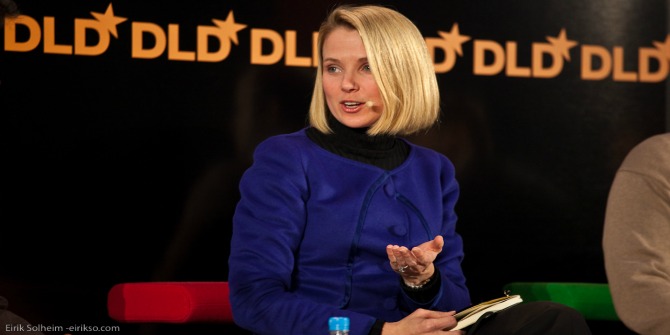
When women started entering the workforce after the Second World War in greater numbers than ever before, it was assumed that, in time, the best and brightest would naturally rise to the top. However, 70 years on, women are still not represented in the upper echelons of the business world—holding just 22.7 per cent of board seats of the largest publicly listed companies in Europe.
Many argue there is a lack of supply of qualified women to fill these leadership positions. However, research shows that theory does not hold water because around 60 per cent of today’s university graduates are women. We also know that women aspire to the most senior C-Suite levels equal to men (and this did not change if they had children) and women use exactly the same strategies as men to get ahead, but the outcome is different. Why is this?
Clearly, the playing field is not level for high potential women. Even if women do everything they are supposed to, they still run against barriers that men do not and one of these is gender-based stereotyping and bias, which creates several predicaments for women.
For instance, simply by virtue of gender, women are often unconsciously evaluated against a masculine standard of leadership. We call this predicament the ‘double bind’ which can potentially undermine women in their leadership as well as their own advancement options. This results in limited and unfavourable options for women no matter how they behave and perform as leaders. Women’s skills are often seen through a gender lens, rather than on the individual’s talents.
This leaves women walking a tightrope, being careful not to be too tough nor too soft; striving for a balance between being perceived as competent yet likeable at the same time. Ultimately, women face higher expectations and standards and receive lower rewards.
When Catalyst surveyed a group of top corporate leaders, including CEOs, and asked them to rate male and female leaders against 10 leadership behaviours, it found that women were perceived to be innately more competent at ‘taking care’ behaviours whilst men were better at ‘taking charge’ behaviours. The ‘caretaker’ behaviours included supporting others and rewarding subordinates, while the male leaders were perceived to be more effective at delegating and problem-solving.
The study actually found that gender is not a reliable predictor of how a person will lead – there are good male leaders and there are good female leaders (likewise, there are bad male leaders and bad female leaders). Simply assessing someone’s leadership ability by gender is not only inaccurate. It also poses an invisible and powerful threat to women’s advancement.
So what to do? We must stop seeing women (and men) as a monolithic group. Women are not all the same, nor are men. There is as much diversity within the gender as is across the gender. To reduce this gender gap in leadership, we must question how we are assessing talent. Is talent being evaluated fairly or is conscious (or unconscious) bias seeping in? Are we having higher expectations or standards for women that we are not expecting of men?
What counts in today’s global marketplace is attracting and keeping the best talent. The challenge for leaders – business, academic and political – is to ‘expand the demand’ to include talented women in order to keep businesses competitive and society and its institutions more equitable.
♣♣♣
Notes:
- The post gives the views of its author, not the position of LSE Business Review or the London School of Economics.
- Featured image credit: Carolyn McCall, CEO of EasyJet, by Eirik Solheim, CC-BY-SA-2.0
- Before commenting, please read our Comment Policy
 Allyson Zimmermann is Executive Director of Catalyst Europe leading the non-profit organization’s strategy to create inclusive workplaces where women and all talent can advance.
Allyson Zimmermann is Executive Director of Catalyst Europe leading the non-profit organization’s strategy to create inclusive workplaces where women and all talent can advance.





